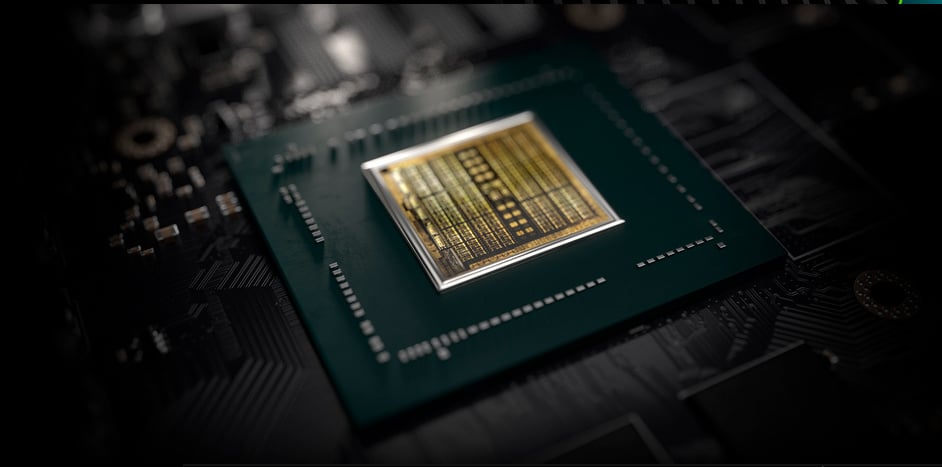As recently as last week, information emerged that the production of the RTX 2000 series and its associated graphics circuits in the “Turing” family sings on the last verse. The reason was stated to be that unsold graphics cards would not force up the prices of the upcoming “Ampere” and the RTX 3000 series at launch. The information concerned the circuits RTX 2070 and upwards, ie the cards that are first predicted to receive replacement in the RTX 3000 series.
We already know that the RTX 3000 series will use the architecture “Ampere” even in cheaper cards – why information now appears that Nvidia is also working on emptying simpler circuits from the storage shelves with the help of a new Geforce GTX 1650. This time GTX is provided 1650 according to @momomo_us and Videocardz with a scaled-down variant of the TU116 circuit previously housed by the GTX 1650 Super and GTX 1660 graphics cards.
Geforce GTX 1650 and its variants
Its the GTX 1650 | GTX 1650 | GTX 1650 Super | GTX 1650 TU106 | |
|---|---|---|---|---|
Circuit | TU116 | TU117 | TU116 | TU106 |
CUDA cores | 896 st. | 896 st. | 1 280 st. | 896 st. |
Bass frequency | 1 410 MHz | 1 485 MHz | 1 530 MHz | 1 410 MHz |
Boost frequency | 1 590 MHz | 1 665 MHz | 1 725 MHz | 1 590 MHz |
Graphics memory | 4 GB | 4 GB | 4 GB | 4 GB |
Memory frequency | 12 000 MHz | 12 000 MHz | 12 000 MHz | 12 000 MHz |
Memory bus | 128 bit | 128 bit | 128 bit | 128 bit |
Minnestyp | GDDR6 | GDDR5 | GDDR6 | GDDR6 |
The new variant of the Geforce GTX 1650 will be no smaller than the fourth in the series, where the original less popular edition was based on the TU117 circuit. Nvidia improved the situation with the launch of the GTX 1650 Super, which instead built on the TU116 graphics circuit with 1,280 CUDA cores and thereby improved performance. Even a scaled-down TU106, based on the RTX 2060 circuit, has played under the name GTX 1650.
Last in line is the “new” Geforce GTX 1650, which is powered by a scaled-down variant of the TU116 from the GTX 1650 Super and GTX 1660 cards. The newcomer should perform in line with the TU106-based GTX 1650 with GDDR6, as the specifications are identical a step down from 445 to 284 mm², due to the transition from the TU106 to TU116 graphics circuit. The frequencies are stated to be 1,410 MHz with a 1,590 MHz boost, similar to the TU106 variant.
Whether this is a step in the phasing out of the top models in the Geforce RTX 2000 series, where the TU106 and RTX 2060 that normally houses the circuit have not been counted before, remains to be seen. Another possible explanation is also that Nvidia needs to sell graphics cards equipped with the TU116 circuit faster than previously calculated to pave the way for future input cards based on “Ampere”.















